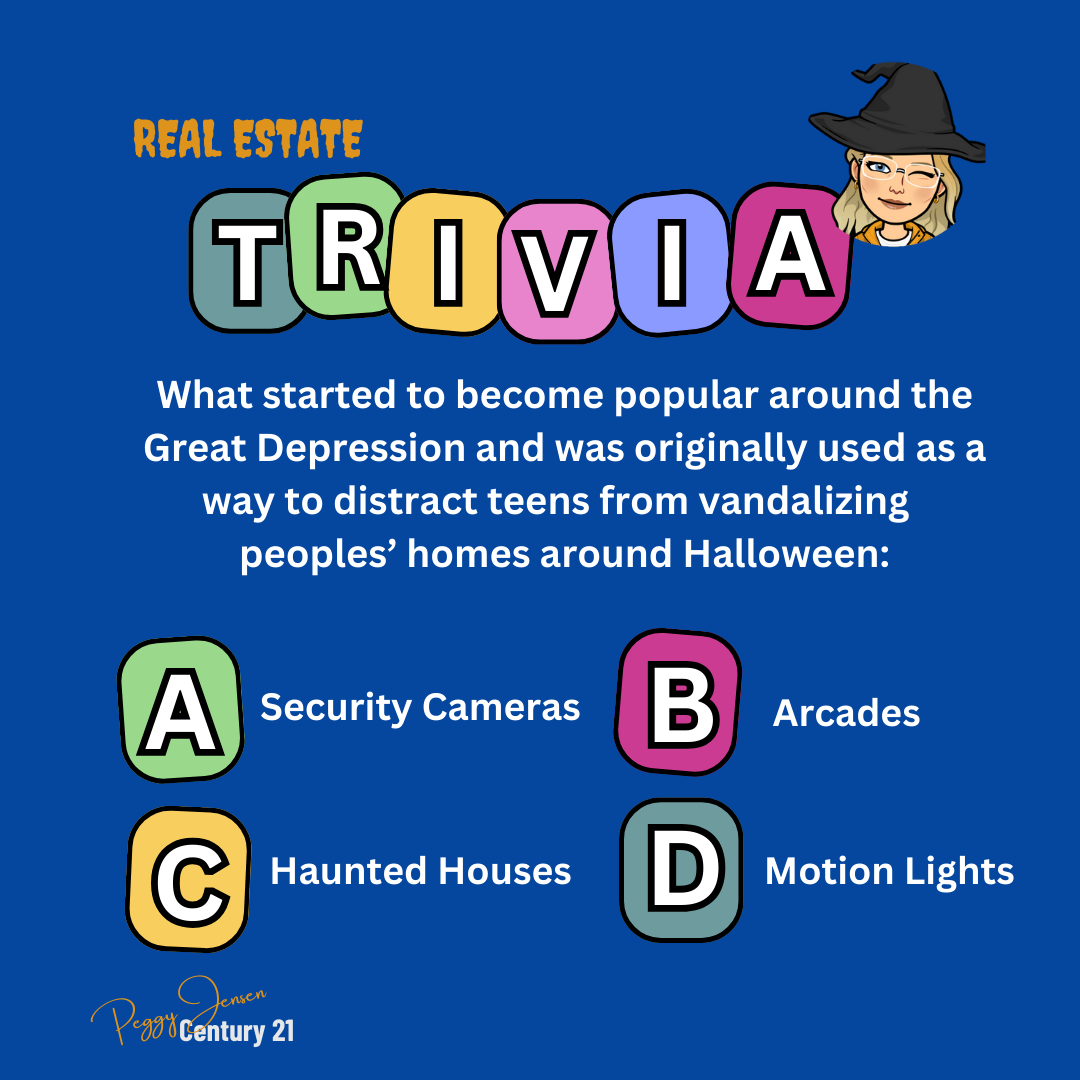During the Great Depression, people were outraged when teenage boys vandalized towns on October 31 they found ways to keep them inside.
The Great Depression lasted from 1929 to the late 1930s. It was a period of severe economic downturn in the United States, Canada and Worldwide. During this time, Halloween, like many other aspects of life, was affected by the economic and social challenges of the era.
Parents, concerned about the safety of their children and the mischief that often occurred on Halloween night, began organizing alternative activities to keep young people off the streets. Vandalizing was a concern. One popular solution was the creation of “haunted houses” or “haunted trails.” These were organized, supervised events where children could enjoy Halloween festivities in a controlled and safe environment.
These early haunted houses were more like interactive plays, where kids would walk through a series of scenes with spooky decorations and actors portraying ghosts and ghouls. The intention was to provide a fun and spooky experience while ensuring the safety of the children.
This tradition of haunted houses and organized Halloween events has continued to evolve over the years and is now a widespread and popular part of Halloween celebrations in many communities. It’s a testament to how historical events, even something as significant as the Great Depression, can shape and influence cultural traditions in unexpected ways.

 Facebook
Facebook
 X
X
 Pinterest
Pinterest
 Copy Link
Copy Link
